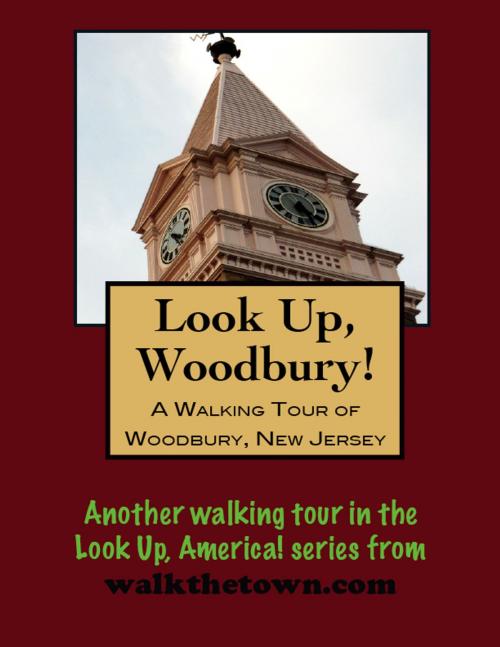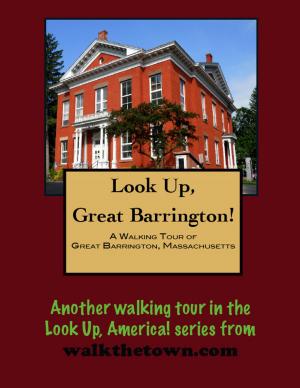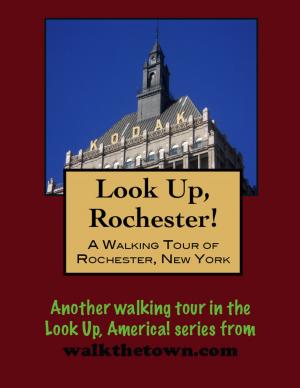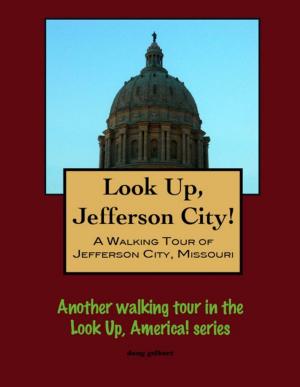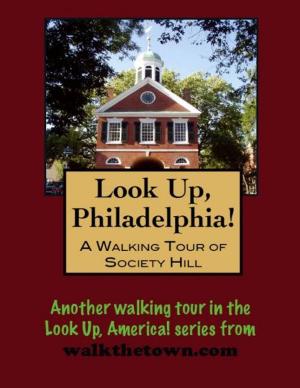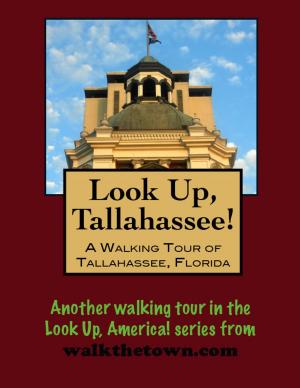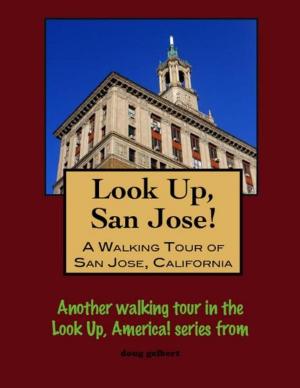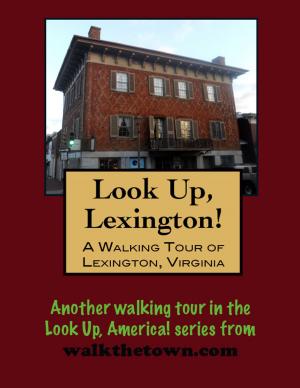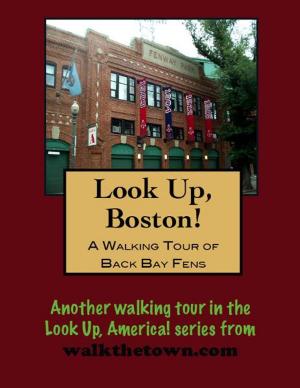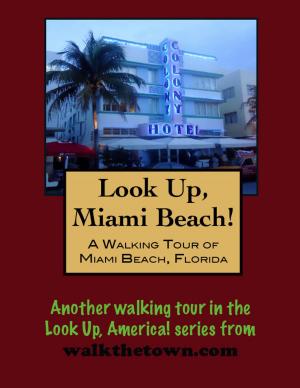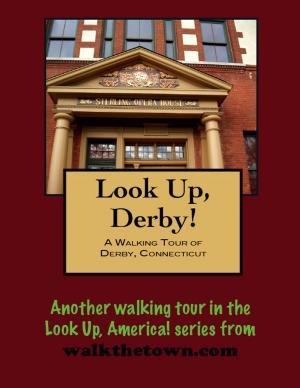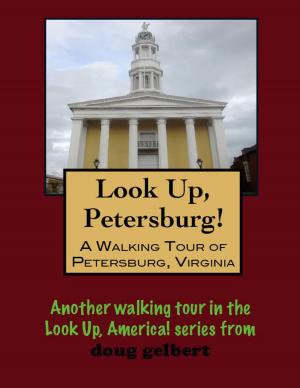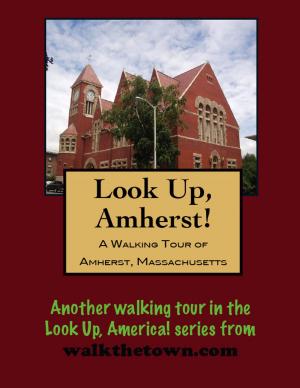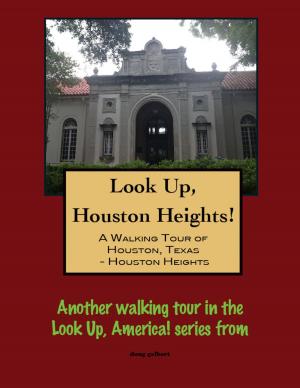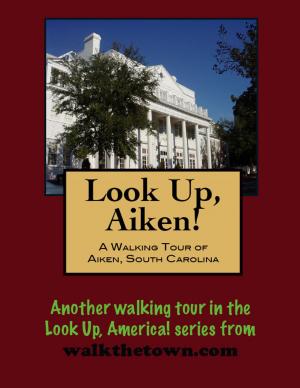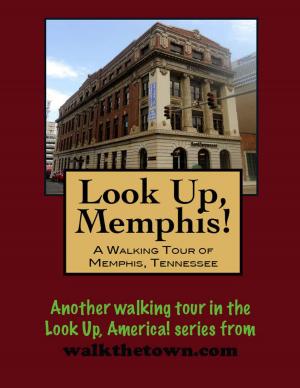| Author: | Doug Gelbert | ISBN: | 9781458169808 |
| Publisher: | Doug Gelbert | Publication: | March 3, 2011 |
| Imprint: | Smashwords Edition | Language: | English |
| Author: | Doug Gelbert |
| ISBN: | 9781458169808 |
| Publisher: | Doug Gelbert |
| Publication: | March 3, 2011 |
| Imprint: | Smashwords Edition |
| Language: | English |
There is no better way to see America than on foot. And there is no better way to appreciate what you are looking at than with a walking tour. This walking tour of Woodbury, New Jersey is ready to explore when you are. Each walking tour describes historical, architectural landmarks, cultural sites and ecclesiastic touchstones and provides step-by-step directions.
Every tour also includes a quick primer on identifying architectural styles seen on American streets.
By 1715 the Quaker community had outgrown its initial settlement and a new site was selected inland where the King’s Highway bridged Woodbury Creek. By the time of the Revolutionary War, Woodbury had emerged as a hamlet of considerable importance with the rebel cause garnering strong support among Woodbury settlers. Its close proximity by water to Philadelphia ensured many troop movements through the tiny town; it was alternately occupied by military forces on both sides.
Thaddeus Kosciuszko fortified the bluff above the Delaware River with nine-foot high earthen walls embedded with an abatis (sharpened tree branches) during the war. Fort Mercer - named for Scottish Brigadier General Hugh Mercer, who died at Princeton - was garrisoned by Colonel Christopher Greene and 400 of his fellow Rhode Islanders with 14 cannons and worked in tandem with Fort Mifflin across the river to form a considerable detriment to any force planning a water approach on the Colonial capital of Philadelphia. After using a land route from the south and west to take Philadelphia on September 26, 1777, it immediately became imperative to open the Delaware River to keep supplies to the British Army flowing.
The inevitable attack on Fort Mercer was not a month in coming, in the guise of 1,200 Hessian troops approaching from the north. Greene refused a demand of surrender and repulsed two German advances up the steep slopes. The fire from the American defenders was withering and the Hessian ranks were thinned by nearly half before leaving the Red Bank Battlefield. A few weeks later, however, the British stormed Fort Mifflin and rather than face the overpowering force now across the river, the Americans destroyed Fort Mercer as they surrendered Philadelphia completely to the British.
Woodbury continued to prosper after the War of Independence and on into the 19th century. The oldest and largest city in Gloucester County, it became the official county seat in the 1790s, erecting a brick courthouse. Woodbury was originally formed as a Borough on March 27, 1854, within Deptford Township, based on the results of a referendum held on March 22, 1854. On January 2, 1871, Woodbury was reincorporated as a city, based on the results of a referendum held that day.
By 1890 Woodbury was in the midst of its greatest vitality and had a population of 3,930. The patent medicine business of George Green was the primary economic engine but Woodbury boasted glass works, bottle plants, and steam mills as well. Our walking tour will begin in the shadow of the Green factory, the source of profits that would spawn building projects on both the East and West coast...
There is no better way to see America than on foot. And there is no better way to appreciate what you are looking at than with a walking tour. This walking tour of Woodbury, New Jersey is ready to explore when you are. Each walking tour describes historical, architectural landmarks, cultural sites and ecclesiastic touchstones and provides step-by-step directions.
Every tour also includes a quick primer on identifying architectural styles seen on American streets.
By 1715 the Quaker community had outgrown its initial settlement and a new site was selected inland where the King’s Highway bridged Woodbury Creek. By the time of the Revolutionary War, Woodbury had emerged as a hamlet of considerable importance with the rebel cause garnering strong support among Woodbury settlers. Its close proximity by water to Philadelphia ensured many troop movements through the tiny town; it was alternately occupied by military forces on both sides.
Thaddeus Kosciuszko fortified the bluff above the Delaware River with nine-foot high earthen walls embedded with an abatis (sharpened tree branches) during the war. Fort Mercer - named for Scottish Brigadier General Hugh Mercer, who died at Princeton - was garrisoned by Colonel Christopher Greene and 400 of his fellow Rhode Islanders with 14 cannons and worked in tandem with Fort Mifflin across the river to form a considerable detriment to any force planning a water approach on the Colonial capital of Philadelphia. After using a land route from the south and west to take Philadelphia on September 26, 1777, it immediately became imperative to open the Delaware River to keep supplies to the British Army flowing.
The inevitable attack on Fort Mercer was not a month in coming, in the guise of 1,200 Hessian troops approaching from the north. Greene refused a demand of surrender and repulsed two German advances up the steep slopes. The fire from the American defenders was withering and the Hessian ranks were thinned by nearly half before leaving the Red Bank Battlefield. A few weeks later, however, the British stormed Fort Mifflin and rather than face the overpowering force now across the river, the Americans destroyed Fort Mercer as they surrendered Philadelphia completely to the British.
Woodbury continued to prosper after the War of Independence and on into the 19th century. The oldest and largest city in Gloucester County, it became the official county seat in the 1790s, erecting a brick courthouse. Woodbury was originally formed as a Borough on March 27, 1854, within Deptford Township, based on the results of a referendum held on March 22, 1854. On January 2, 1871, Woodbury was reincorporated as a city, based on the results of a referendum held that day.
By 1890 Woodbury was in the midst of its greatest vitality and had a population of 3,930. The patent medicine business of George Green was the primary economic engine but Woodbury boasted glass works, bottle plants, and steam mills as well. Our walking tour will begin in the shadow of the Green factory, the source of profits that would spawn building projects on both the East and West coast...
